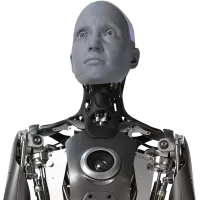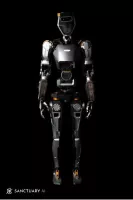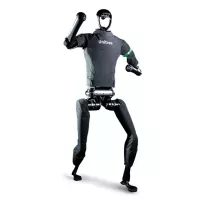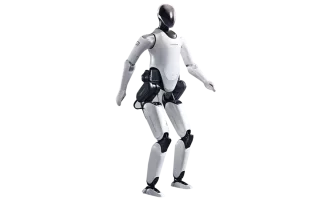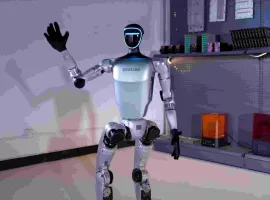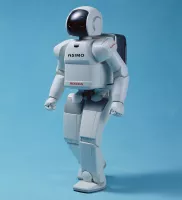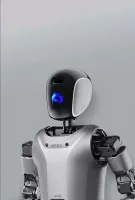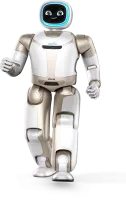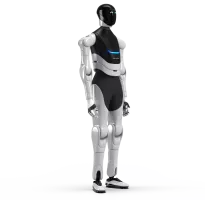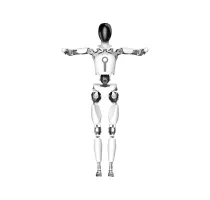Hanson Robotics Sophia Specifications
Ranked Nr. 2 of 39 Humanoid Robot

Sophia, Hanson Robotics' advanced humanoid robot, represents a blend of artificial intelligence (AI) research and human interaction capabilities. Designed to mimic human expressions and interactions, Sophia leverages advanced AI technologies, including neural networks, machine perception, and natural language processing. These capabilities allow her to recognize faces, understand emotional expressions, and engage in meaningful conversations. Her AI can simulate emotions and adapt conversations based on her interaction with people, which makes her a dynamic platform for exploring human-robot interactions.
Sophia serves multiple practical applications, primarily in educational, entertainment, and research contexts. As a "hybrid human-AI intelligence," she often operates in a mode that combines autonomous AI responses with scripted inputs from her development team. This approach is used to enhance her reliability in public interactions and performances. Sophia has been featured in various media outlets, conferences, and global forums, where she acts as a cultural ambassador and advocate for AI technology, promoting discussions on AI ethics and future implications.
Beyond public engagement, Sophia's design and AI framework facilitate her use in specialized areas like medicine and education. Her interactions are crafted to not only entertain but also educate and assist in real-world applications, embodying the potential for AI to contribute positively to societal needs. Sophia’s ongoing development includes enhancing her autonomy and cognitive capabilities, aiming to achieve a form of true AI sentience and more profound human-like interactions, making her a cornerstone for future developments in humanoid robotics.
| Product mass | 21 kg |
| Power |
|
| Application |
|
| Industry |
|



